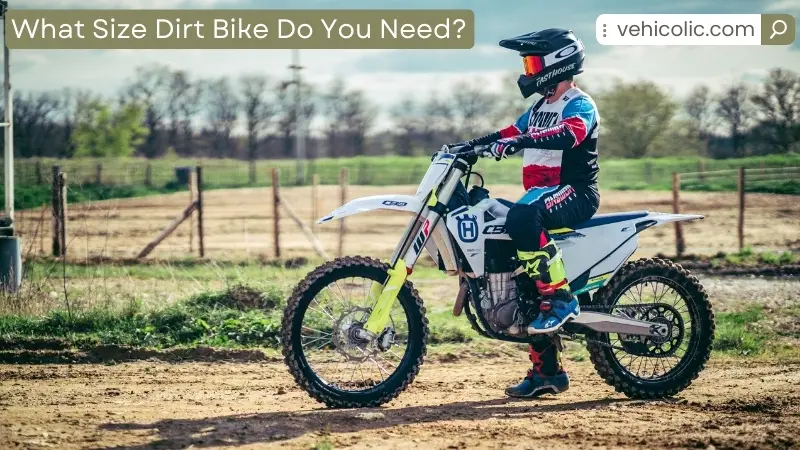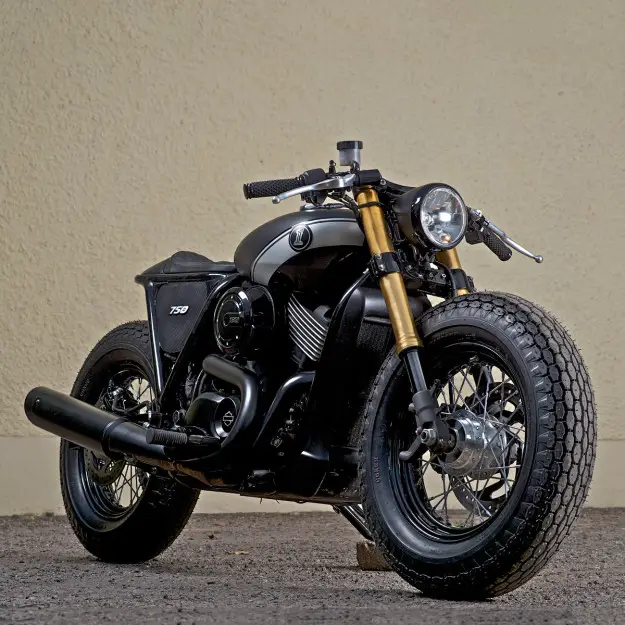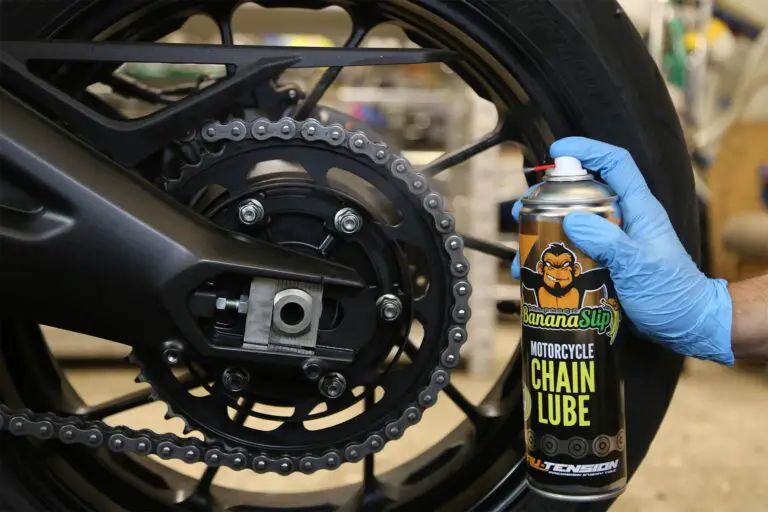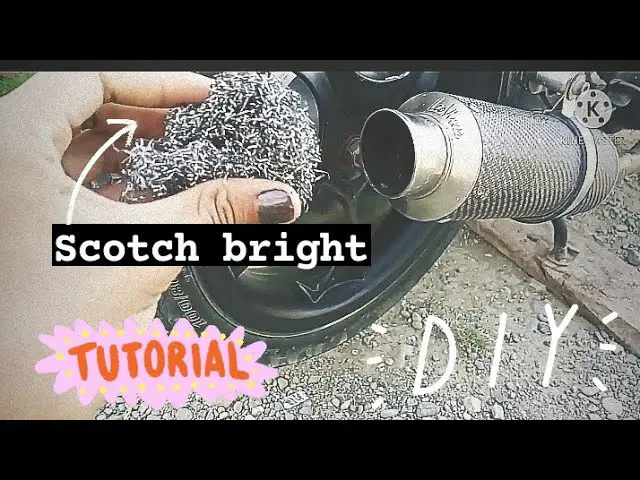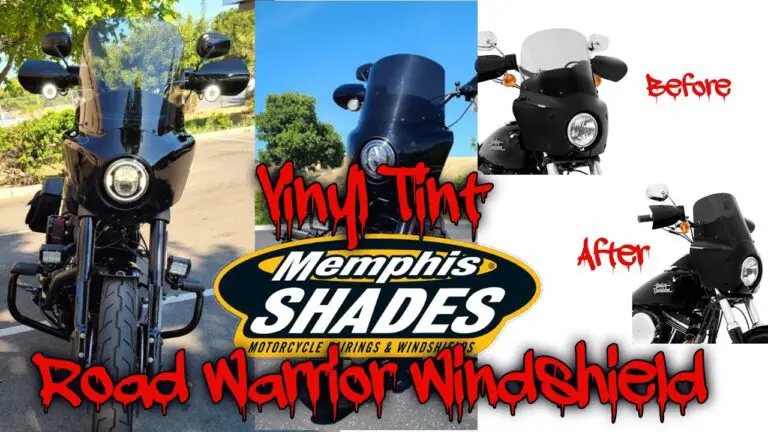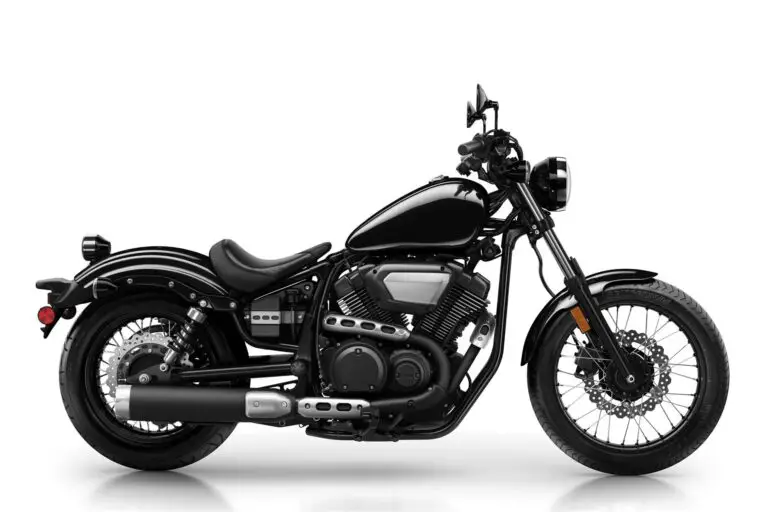What Size of Dirt Bike do I need?
In the market for a dirt bike? Want to know the perfect size? We’ll guide you through it! Your height and weight are key. Get a balance where you can comfortably reach the ground and have control.
If you’re new, go for the smaller size. Experienced riders might want more horsepower – a larger size.
The terrain should also influence your choice. Consider all these factors and find the right fit for an awesome off-road adventure!
Now explore our wide range of options – from pint-sized powerhouses to big-wheeled beasts!
Understanding the different dirt bike sizes
Dirt bike sizes range from tiny 50cc bikes for younger riders, all the way to 500cc+ bikes for experienced riders. And each size offers its own features and benefits.
Youth Bikes:
- – For beginners – 50cc to 125cc.
- – Lightweight and lower seat height – better control and maneuverability.
Intermediate Bikes:
- – For experienced riders – 125cc to 250cc.
- – More power and speed – great for challenging terrain.
Full-size Bikes:
- – For experienced or pro riders – up to 500cc+.
- – Maximum power, speed, and durability – perfect for extreme off-road adventures.
But sizes can vary with each manufacturer, so check the specs before you buy.
Fun Fact:
Early off-road motorcycles were made with bicycle parts and adapted engines. As motorcycling became more popular, custom dirt bikes emerged with specialized features. Over time, manufacturers improved performance and design by introducing different sizes for different skill levels.
When selecting a dirt bike, choose one that matches your experience level, riding style, and preferences. Safety should always come first! Enjoy the ride!
Factors to consider when choosing the right size
Height is a big factor when picking the right dirt bike. Taller people need larger bikes, while shorter riders suit smaller models. Weight also matters. Heavier riders should go for bigger, more powerful bikes for better stability and balance.
It’s important to consider skill level too. Beginners should opt for smaller bikes with less power, while experienced riders can handle bigger, more powerful ones.
The type of riding you plan to do matters too. For trails or tracks, a lighter, more agile bike is best. If you’ll be riding on rough terrain or racing, go for a larger, more robust model.
Don’t forget to check the suspension system – it must be able to handle your weight and give you proper support for off-road riding. Ergonomics also matter – make sure you feel comfortable on the bike and you have easy access to controls.
Finally, get advice from experienced riders or reputable manufacturers. By considering these factors, you can get the right size dirt bike and have a great experience.
Recommended dirt bike sizes based on rider’s height
Short riders, under 5’4″, should check out mini or trail bikes for a lower seat height and reduced weight. For those 6′ or taller, larger displacement bikes with higher seat heights are ideal. If you’re in the 5’4″ to 6′ range, mid-size dirt bikes could be your perfect match!
Be sure to measure your inseam too. Riders with shorter inseams should opt for motorcycles with narrower seats. As a beginner, start with smaller engines (50cc-150cc) and gain more experience before progressing to higher displacements.
Don’t forget to consider manufacturer guidelines and recommended weight limits. Weight and load capacity can have an effect on performance and safety. Your riding style, terrain type, and skill level also play a role in finding the best fit.
For optimal comfort, control, and confidence, take some time to sit on different bike models and get a feel for them firsthand. That way you’ll be ready to tackle any off-road challenge with ease!
Test ride and adjustments
Test riding and adjusting your dirt bike is key for great performance and a pleasant ride. Here’s a 3-step plan to help:
- First, do a thorough test ride:
- Take your bike to a safe space, like an open area or an exclusive off-road trail.
- Become familiar with the controls, brakes, and throttle.
- Increase speed and maneuverability and see how it handles in different landscapes.
- Then, modify the settings:
- After the test ride, decide which areas need adjustment.
- Think about suspension, tire pressure, and handlebar position.
- Adjust the suspension for your weight and style of riding.
- Try out different tire pressures for better traction on diverse surfaces.
- Lastly, customize your setup:
- Everyone has their own preferences for riding comfort.
- Make further changes based on your body type, posture, and riding style.
- This could include adjusting foot pegs, seat height, or handlebar position.
Remember, proper adjustments can make a huge difference in your experience and performance. Pro Tip: Keep track of all the adjustments and your notes on how they affect your ride. This will help you perfect your setup and get maximum comfort when riding your dirt bike.
No matter what, the size of your dirt bike should not be the only reason you’re questioning your life choices.
Conclusion
Needing the proper size dirt bike? It’s critical to consider factors such as your ability, body size and purpose. Assessing these points helps you make a wise decision for skill growth and safety.
Newbies should pick smaller engine sizes like 125cc or 250cc. These bikes offer manageable power and control, helping novices learn without being overwhelmed.
Experienced riders may prefer larger engine sizes like 450cc that offer more power and are designed for competitive off-road racing.
Body size is important when choosing the right dirt bike size. Riders with a smaller stature should look for bikes with lower seat heights and lighter weight.
This allows for better maneuverability and control on off-road terrains. Taller individuals might find taller seat heights and larger frames more suitable for their balance and comfort.
The intended use of the dirt bike is also important. If you plan on navigating tight trails or motocross tracks that need agility and quick acceleration, a smaller dirt bike is best.
But if you intend to tackle long-distance riding or extreme terrains, a larger displacement bike is better.
My friend Mark had a bad experience to show how important it is to select the right size. He bought a dirt bike with an excessively high seat height, despite being shorter.
As a result, he had difficulty maintaining balance and control on technical trails. Eventually, he switched to a more suitable size, improving his overall riding experience.
Remember, the right size is important for dirt biking safety, enjoyment and skill development. Knowing your abilities, body characteristics and usage requirements will help you pick a dirt bike size that suits your needs and boosts your off-road experiences.
FAQs
What size of dirt bike do I need?
The size of dirt bike you need depends on your age, height, and riding experience. It is generally recommended to choose a bike with a seat height that allows you to touch the ground with both feet flat. Consult with a professional or visit a local dealership for personalized guidance.
What is the age range for different dirt bike sizes?
Dirt bikes come in various sizes suitable for different age groups. Small-sized bikes are typically designed for kids aged 3-7 years, while medium-sized bikes are suitable for riders aged 8-12 years. Full-sized bikes are generally recommended for riders aged 12 years and above.
Can I ride a dirt bike that is too big or too small for me?
It is not advisable to ride a dirt bike that is significantly bigger or smaller than the appropriate size for you. Riding a bike that is too big can make it difficult to control, while a bike that is too small may be uncomfortable and may restrict your riding ability.
How do I measure the seat height of a dirt bike?
To measure the seat height of a dirt bike, place the bike on a flat surface and ensure it is in an upright position. Stand beside the bike and measure from the ground to the highest point of the seat. Seat heights can vary, so it’s essential to check the specific bike model you are interested in.
What other factors should I consider when choosing a dirt bike size?
Apart from seat height, factors like your weight, riding style, and intended use should be taken into account. Heavier riders may require a bike with more power, while those interested in motocross racing might prefer a bike designed for racing performance.
Can I modify the height of a dirt bike to suit my needs?
It is possible to make slight modifications to the height of a dirt bike to enhance comfort and control. However, significant modifications may affect the bike’s performance and safety. It is recommended to consult with a professional or experienced rider before making any modifications.

